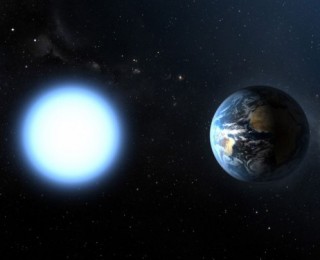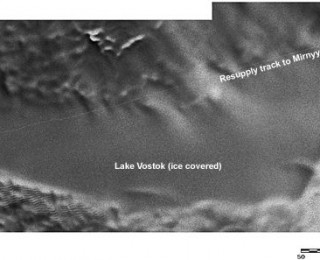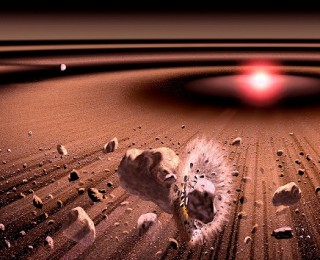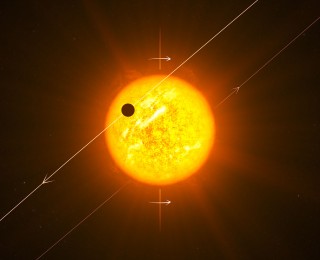
by Sukrit Ranjan | Feb 23, 2013 | Daily Paper Summaries
This article considers the fate of planets that orbit stars that will become white dwarfs. Can they survive? Could they be habitable?

by Sukrit Ranjan | Jan 17, 2013 | Daily Paper Summaries
Paper Title: On the Abundances of Noble and Biologically Relevant Gases in Antarctica Authors: O. Mousis et al First Author’s Affiliation: Universite de Franche-Comte, Bensancon-Cedex, France Journal: Astrobiology (Accepted) BackgroundLake Vostok is an underground (well – underice) lake in Antarctica. It’s been buried under 4 kilometers of ice for 1-15 million years, and is the closest thing we have to a real-life “Lost World”. Life in this lake, if any, has evolved in isolation for millions of years, deprived of access to sunlight and direct contact with the atmosphere. What new cellular mechanisms might have evolved here? How does isolation affect ecosystems? Questions like these are why biologists are excited about Lake Vostok – and why care is being taken to avoid contamination when drilling down to study it.Astrobiologists are particularly excited about this lake because conditions in Vostok are similar to what we might expect to find on Jupiters’ moon Europa, which is thought to similarly host an oxidizing liquid water ocean protected by a layer of ice. The pressure at a depth of 30 km on Europa is equivalent to the pressure in lake Vostok. Understanding life in lake Vostok will give clues as to what kind of life might persist in Europa’s oceans.This paperThe lake is not completely isolated from its environment. The ice above the lake is filled with bubbles of trapped air, and ice layers move down over time transporting this air. Melting at the lake/ice interface can supply dissolved gas to the lake. However, this picture is complicated by the existence of clathrates. Clathrates are crystalline structures that can trap other molecules. Depending...

by Sukrit Ranjan | Nov 14, 2012 | Daily Paper Summaries
Paper Title: Comet-Like Mineralogy of Olivine Crystals in an Extrasolar Proto-Kuiper Belt (arxiv: 1211.2626) Authors: B. L. de Vries et al First Author’s Affiliation: K. U. Leuven, Flanders, Belgium Journal: Nature OverviewThis paper describes observations of the mineral olivine in the famous debris disk surrounding the star Beta Pictoris. Olivine is very important as it is one of the primary building blocks of rocky planets. They find its composition and temperature to match what we find in our outer solar system, hinting that we are spying on a proto-Kuiper belt. The similarity between solar systems suggests similar processes may be operating in other systems as happened here around Sol.More DetailIn the past decade, we’ve made huge advances in remote characterization of planetary bodies. From the atmospheres of exoplanets to the surfaces of asteroids, astronomers have conducted some pretty extraordinary measurements (for example, the discovery of Alpha Centauri Bb, which entailed measuring the motion of Alpha Cen to 51 cm/s — a slow walk!). However, most of these measurements have been surface measurements. It’s much harder to study the interiors of objects, because we don’t receive photons from them.There are exceptions, though. Consider a young planetary system with plenty of asteroids. These asteroids will run into each other, shattering apart and generating dust. Light passing through these dust clouds will then have their spectral signature imprinted on them, letting us study their interior composition!Astronomers have discovered several such systems, allowing us for the first time to characterize the interior composition of rocky bodies remotely. This paper presents the results of the latest such study, on the system Beta Pictoris. Beta...

by Sukrit Ranjan | Oct 17, 2012 | Daily Paper Summaries
This paper looks at the role a young star’s environment plays in forming planets around it.

by Sukrit Ranjan | Sep 28, 2012 | Daily Paper Summaries
This work presents an interesting new idea to explain the apparent misalignment between the rotation of stars and the orbits of their planets.





